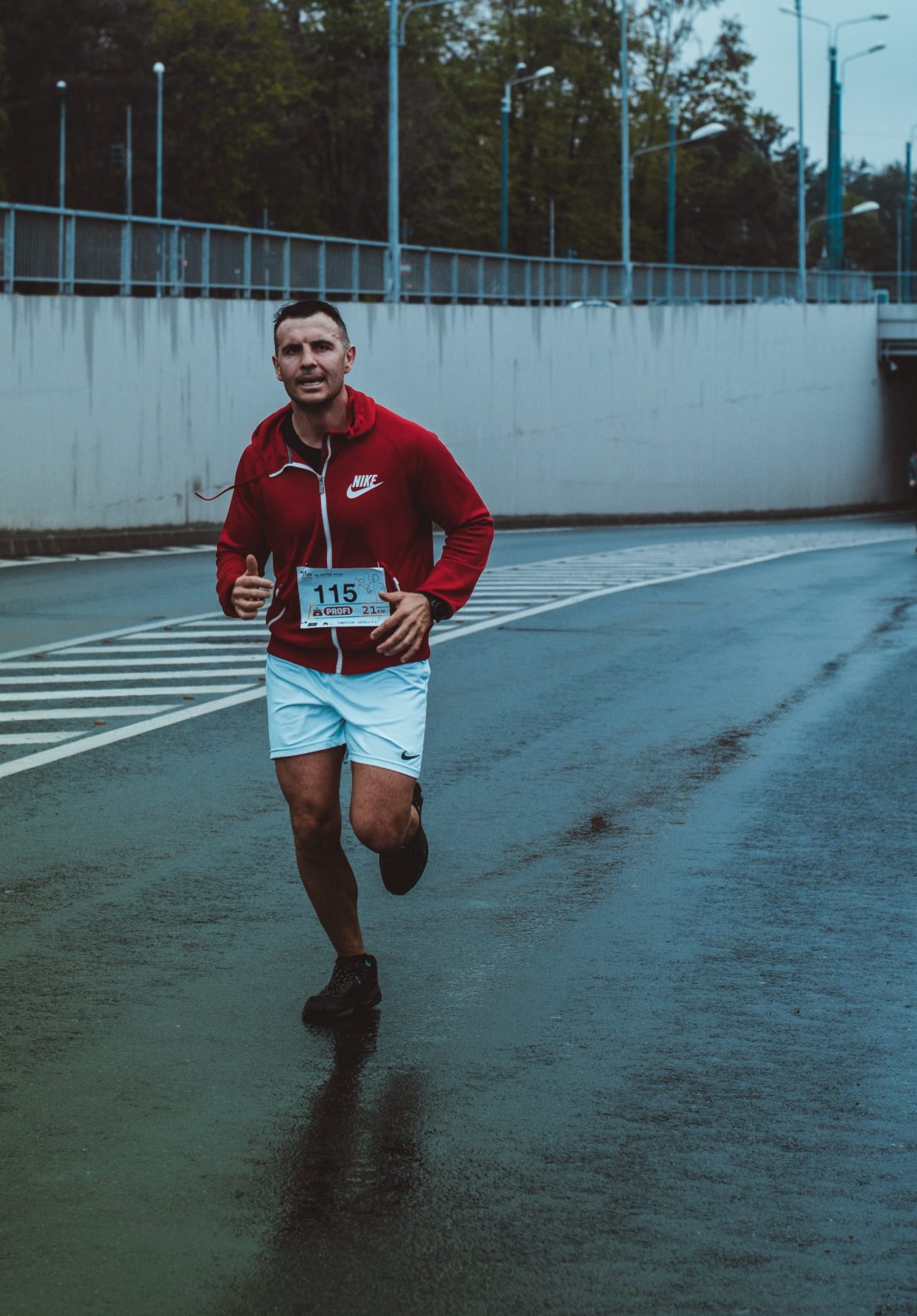Why hire a personal trainer in Galway?
The word hire is very important. Your personal trainer is providing a service and that service has a purpose that is specific to your needs and goals.
Let’s cover the reasons that might not spring to mind immediately.
Confidence is a major factor in many deciding to hire a PT, a gym environment can be an intimidating place. Those first steps into the gym environment are not very different to starting a new job and your trainer is assigned to train you into your new position. Like a new job everyone else seems to know what they are doing which makes it all the more intimidating. Couple this with the possibility that you might not feel the best about your current physique, and of course in those moments our gaze always lands on the most impressive physiques making us even more self-conscious.
Your personal trainer will help you to feel at ease because this is their environment, they are more comfortable in this environment than most gym users as they work there every day, and this confidence will pass on to you.
Now the practical benefits of hiring a PT. A good PT will have a record of low to zero injuries, and injured clients aren’t working clients, so injury free sessions are in everyone’s best interest.
A personal trainer will also teach you now to use all the equipment correctly, showing you the best exercises to maximise your output in the quickest time possible.
Finally a very important responsibility of your PT also plays the role of a reliable gym buddy who won’t cancel or let you down because they feel tired, it is my job to show up and ensure that you show up motivated to every session. If you are interested in hiring a personal trainer in Galway, please make contact with me through the contact form and we can get chatting.


